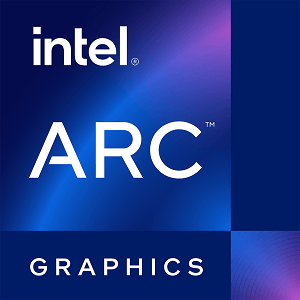NVIDIA RTX 2000 Ada Generation vs NVIDIA GeForce 9400 GT Rev. 2
We compared two Desktop platform GPUs: 16GB VRAM RTX 2000 Ada Generation and 512MB VRAM GeForce 9400 GT Rev. 2 to see which GPU has better performance in key specifications, benchmark tests, power consumption, etc.
Main Differences
NVIDIA RTX 2000 Ada Generation 's Advantages
Released 15 years and 6 months late
Boost Clock2130MHz
More VRAM (16GB vs 512GB)
Larger VRAM bandwidth (256.0GB/s vs 12.80GB/s)
2800 additional rendering cores
NVIDIA GeForce 9400 GT Rev. 2 's Advantages
Lower TDP (50W vs 70W)
Score
Benchmark
FP32 (float)
RTX 2000 Ada Generation
+26566%
12 TFLOPS
GeForce 9400 GT Rev. 2
0.045 TFLOPS
Graphics Card
Feb 2024
Release Date
Aug 2008
Quadro Ada
Generation
GeForce 9
Desktop
Type
Desktop
PCIe 4.0 x8
Bus Interface
PCIe 2.0 x16
Clock Speeds
1620 MHz
Base Clock
-
2130 MHz
Boost Clock
-
2000 MHz
Memory Clock
400 MHz
Memory
16GB
Memory Size
512MB
GDDR6
Memory Type
GDDR3
128bit
Memory Bus
128bit
256.0GB/s
Bandwidth
12.80GB/s
Render Config
-
-
-
22
SM Count
2
2816
Shading Units
16
88
TMUs
8
48
ROPs
4
88
Tensor Cores
-
22
RT Cores
-
128 KB (per SM)
L1 Cache
-
12 MB
L2 Cache
32 KB
-
-
-
Theoretical Performance
102.2 GPixel/s
Pixel Rate
2.200 GPixel/s
187.4 GTexel/s
Texture Rate
4.400 GTexel/s
12.00 TFLOPS
FP16 (half)
-
12.00 TFLOPS
FP32 (float)
44.80 GFLOPS
187.4 GFLOPS
FP64 (double)
-
Board Design
70W
TDP
50W
250 W
Suggested PSU
250 W
4x mini-DisplayPort 1.4a
Outputs
1x DVI
1x VGA
1x S-Video
None
Power Connectors
None
Graphics Processor
AD107
GPU Name
G96C
-
-
-
Ada Lovelace
Architecture
Tesla
TSMC
Foundry
TSMC
5 nm
Process Size
55 nm
18.9 billion
Transistors
0.314 billion
159 mm²
Die Size
121 mm²
Graphics Features
12 Ultimate (12_2)
DirectX
11.1 (10_0)
4.6
OpenGL
3.3
3.0
OpenCL
1.1
1.3
Vulkan
N/A
8.9
CUDA
1.1
6.7
Shader Model
4.0



